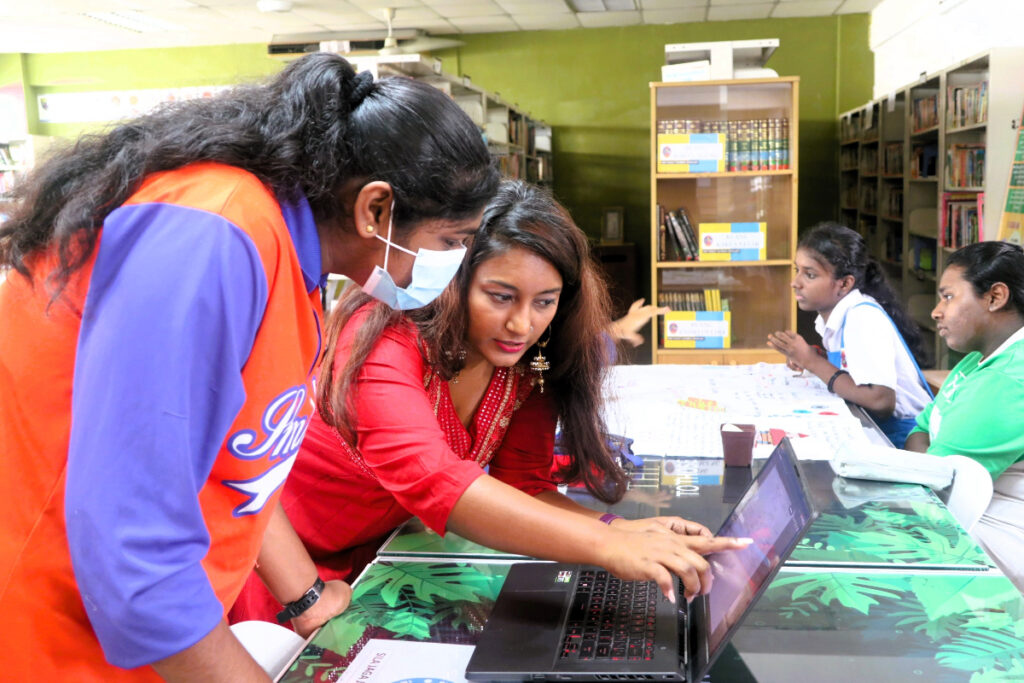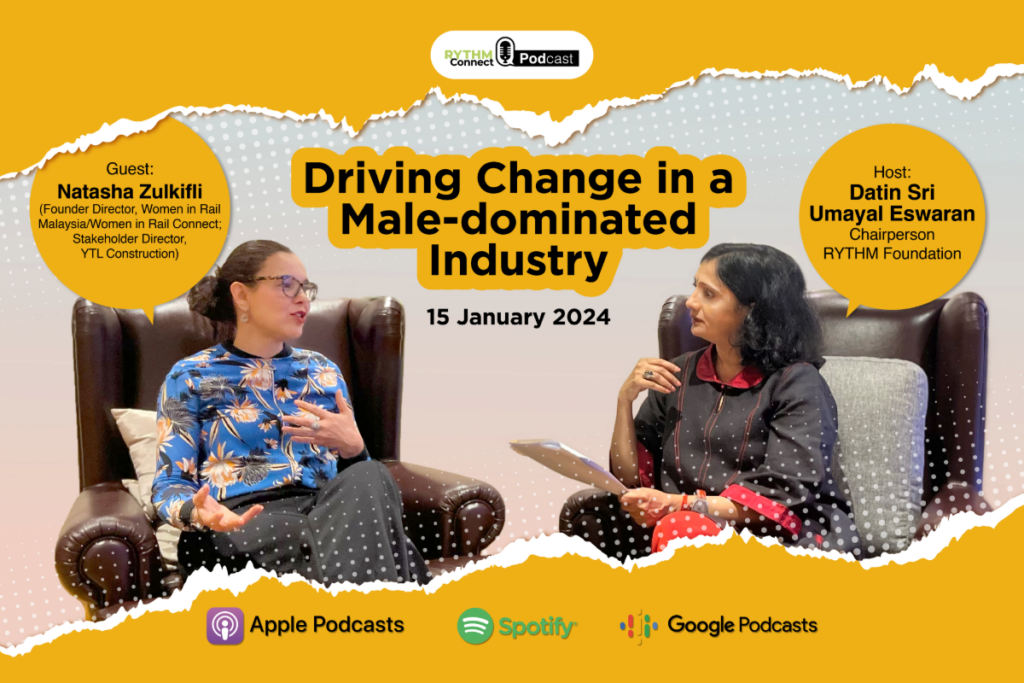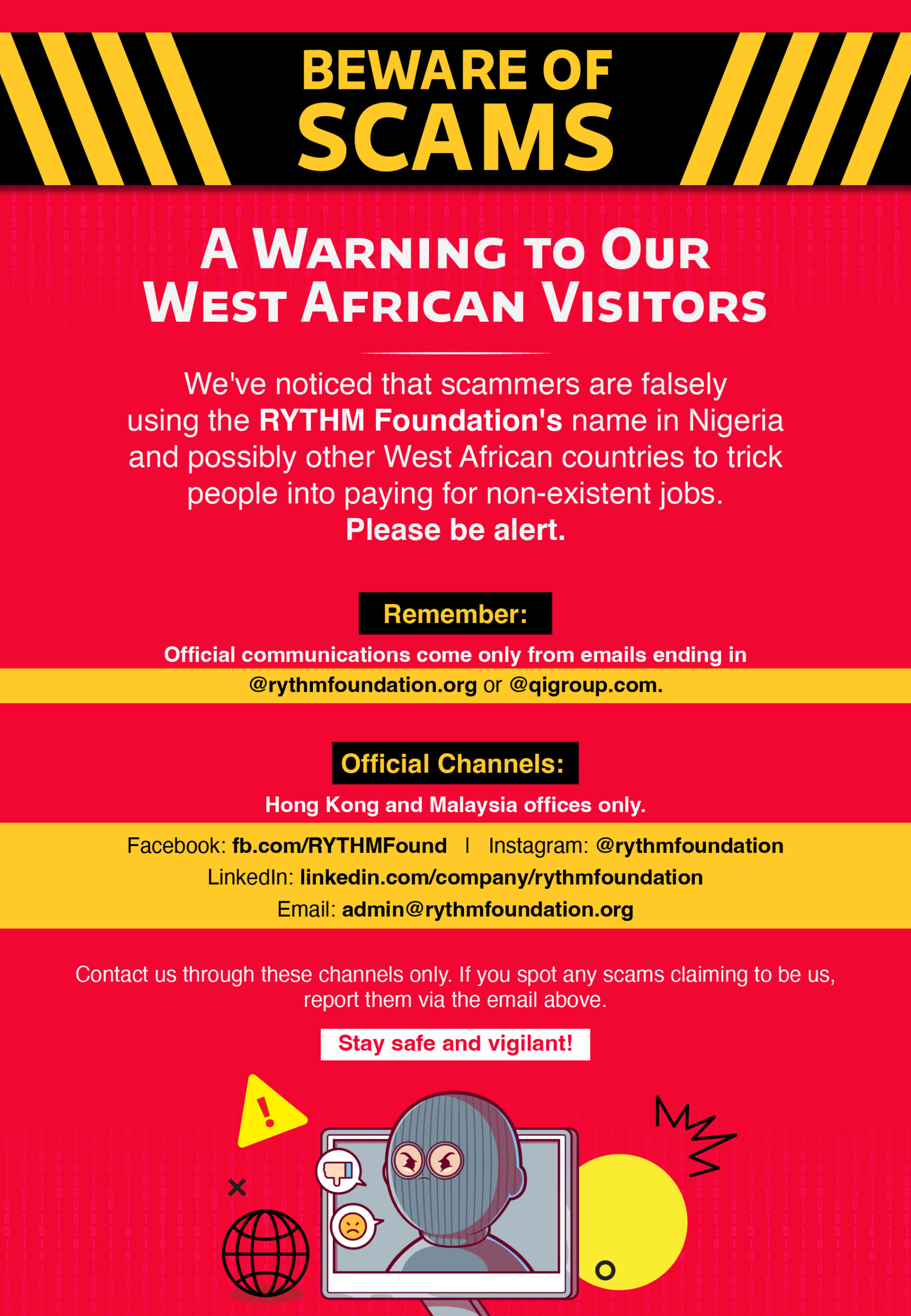Gender barriers impact lives daily. Girls are told their education matters less, women work harder for half the recognition, and leadership remains out of reach for many.
The World Economic Forum’s Global Gender Gap Report 2024 reports that the global gender gap was only 68.5% closed. At this rate, full gender parity is still 134 years away.
Closing the gap demands a change in education, financial empowerment, and leadership. Progress in one fuels the others, paving the way for lasting equality.
Understanding Gender Inequality
To begin dismantling gender barriers, we must first understand the many factors responsible for gender inequality.
Gender inequality is deeply rooted in culture, tradition, and economic systems that favor men. Women are often expected to take on unpaid caregiving roles, limiting their education and career growth. These barriers persist in policies, workplaces, and leadership pipelines.
Education is a key driver of gender inequality. When girls lack the same opportunities as boys, their career paths narrow, leading to lower-paying jobs with limited growth. Even in professional roles, women face wage gaps and slower advancement.
Without representation at the highest levels, decision-making continues to exclude women’s perspectives.
Breaking Gender Barriers: 3 Key Interventions
1. Expanding Access to Education
Education empowers women by shifting mindsets—both their own and society’s. When girls develop leadership skills early, they become women ready to break barriers.
Programs like the Maharani School Program, an initiative by RYTHM Foundation, work to promote gender equality in Malaysia and equip adolescent girls with life skills, leadership development, and financial literacy.
Many participants are from underserved communities where girls’ education isn’t a priority. Through workshops and classes on gender rights, health, and career guidance, the program equips young women to break cycles of inequality and challenge gender barriers.
2. Achieving Economic Independence
Education fuels economic empowerment. Financial dependence traps women in vulnerability, but livelihood programs—offering vocational training, business funding, and financial literacy—help break the cycle of inequality.
RYTHM Foundation empowers women through various skills training and entrepreneurship programs. We partner with grassroots groups in India, Malaysia, and beyond to help women start businesses and secure stable jobs.

When women earn their income, they invest in education, healthcare, and community development, creating ripple effects beyond individual success.
3. Increasing Women’s Visibility in Leadership
Women aren’t underrepresented in leadership due to a lack of ability but because of systemic barriers. With business and politics still male-dominated, breaking into decision-making roles remains a challenge.
On the RYTHM Connect Podcast, Natasha Zulkifli, a leader in transport and infrastructure, shared the challenges women face in male-dominated industries and the vital role of mentorship and sponsorship in breaking barriers.
Beyond skills and qualifications, she emphasized the need for visible role models and systemic changes in workplace culture. Companies must actively recruit, promote, and support women in leadership roles not as an afterthought but as a commitment to long-term equity.
“If you want to do great things, at every level of leadership, you must have equal balance in terms of representation,” she shared.

Equality is Possible through Collective Effort
Lasting change requires gender equality to be built into policies, education, and economies. RYTHM champions education and livelihood support, but real impact demands collective action.
Supporting gender-equal policies, funding women-led initiatives, and challenging outdated social norms contribute to meaningful progress. The gender gap can be closed only if the proper steps are taken now.
Learn more about how you can contribute to narrowing the gender gap! Listen to Driving Change in a Male-dominated Industry for more insights.





